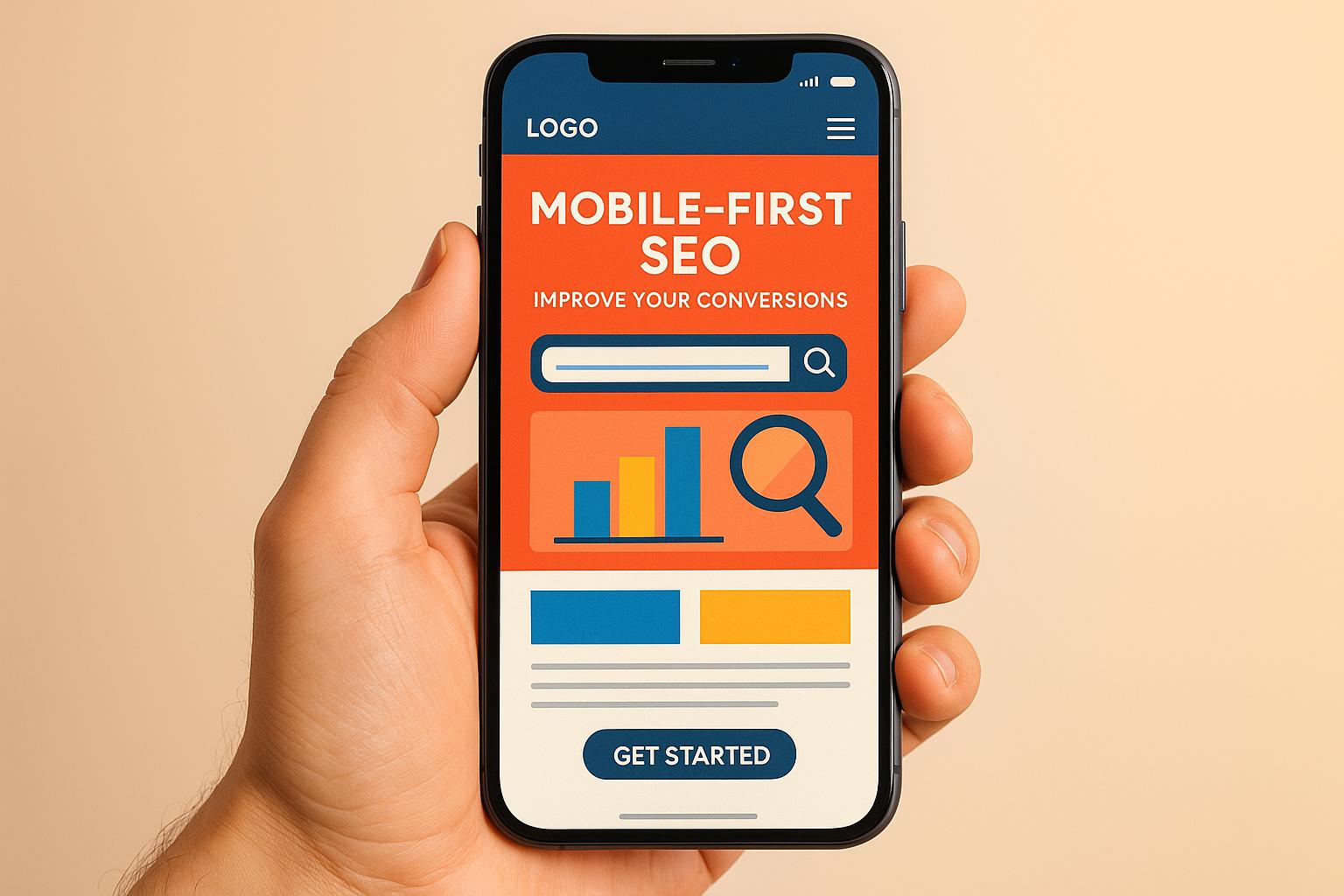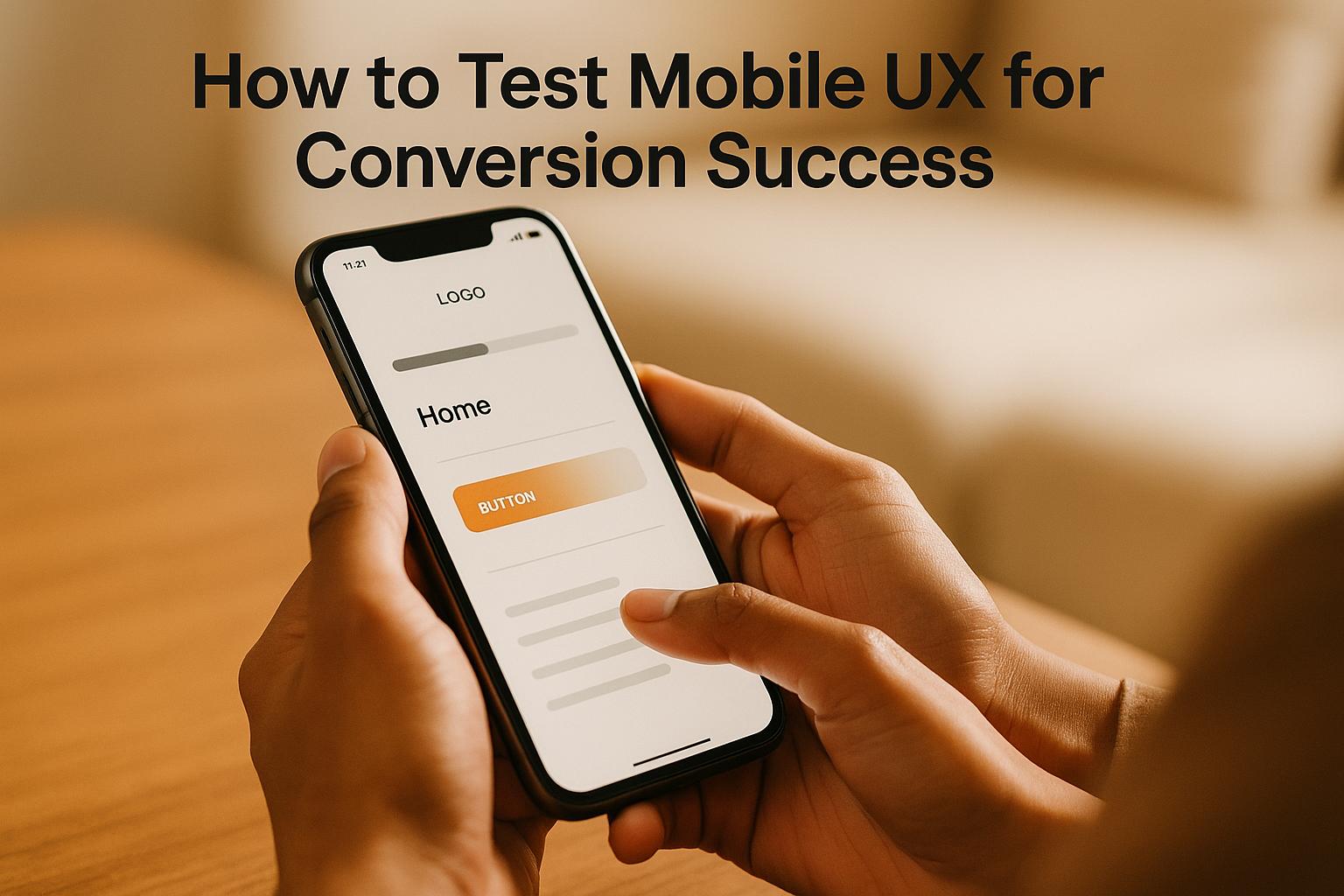

Conversion Rate in Digital Marketing – Clicks to Customers

Conversion Rate in Digital Marketing – Clicks to Customers
 25-02-2025 (Last modified: 21-05-2025)
25-02-2025 (Last modified: 21-05-2025)
Introduction
You’ve spent time and money driving traffic to your website—but if visitors aren’t converting, what’s the point? That’s where conversion rate in digital marketing becomes a crucial metric. A high conversion rate means more customers, more leads, and better ROI on your marketing efforts.
This guide will break down what conversion rate is, why it matters, and the best strategies to improve it. We’ll also explore real-world case studies, practical tips, and tools to help you optimize your digital marketing efforts for better conversions.
What Is Conversion Rate in Digital Marketing?
Conversion rate is the percentage of website visitors who complete a desired action—whether that’s making a purchase, signing up for a newsletter, or filling out a contact form.

How to Calculate Conversion Rate:
Conversion Rate = (Conversions/Total Visitors) x 100
A higher conversion rate means your marketing is working efficiently, while a low conversion rate indicates there’s room for improvement.
Why Conversion Rate Optimization (CRO) Matters
A low conversion rate can frustrate marketers and business owners. You might have great traffic numbers, but if visitors aren’t taking action, you’re leaving money on the table.
- Better ROI on Ad Spend – Higher conversions mean you get more value from paid campaigns.
- Improved User Experience – CRO helps refine website usability, making it easier for visitors to navigate.
- Increased Revenue Without More Traffic – Instead of spending more to attract new visitors, you get more out of your existing traffic.
- Data-Driven Growth – CRO is based on real user behavior, making your marketing strategy more effective.
For a deeper dive into on-page strategies that can improve conversions, check out our article on On-Page SEO Tactics.
5 Proven Strategies to Improve Conversion Rate in Digital Marketing
1. Optimize Landing Pages for Conversions
Your landing page is often the first thing visitors see—make sure it’s built to convert.
- Use a clear, compelling headline that immediately communicates value.
- Include a strong call-to-action (CTA) (e.g., “Sign Up Now,” “Get 20% Off Today”).
- Reduce distractions—remove unnecessary links and clutter.
- Use high-quality visuals that support your message.
Case Study: A software company A/B tested two landing pages. The page with a clear CTA and streamlined design increased conversions by 32%.
2. Leverage A/B Testing to Improve Results
A/B testing (also known as split testing) helps determine what resonates with your audience.
- Test headlines, CTA buttons, images, and form lengths.
- Use tools like PageTest.ai to quickly test multiple variations.
- Track metrics like bounce rate, time on page, and click-through rate (CTR).
Example: An eCommerce store tested different CTA colors—switching from blue to green increased sales by 15%.
For more insights into A/B testing, check out our guide on A/B Testing Examples.

3. Improve Website Speed & Mobile Usability
Did you know that 53% of mobile users leave a site that takes more than 3 seconds to load? If your site is slow, you’re losing conversions before visitors even see your content.
Quick Fixes:
- Compress images using TinyPNG or ShortPixel.
- Use a content delivery network (CDN) to improve load times.
- Test your site speed with Google PageSpeed Insights.
- Ensure your website is mobile-friendly and responsive.
4. Personalize the User Experience
Generic messaging doesn’t convert well. Personalization makes your marketing feel tailored and relevant.
- Use dynamic content that changes based on user behavior.
- Segment your audience and customize email marketing campaigns.
- Show personalized product recommendations.
Case Study: An online retailer used personalized email subject lines and saw a 29% increase in open rates and a 41% boost in conversions.
5. Build Trust with Social Proof & Reviews
People trust recommendations from other people. Adding social proof can dramatically improve conversion rates.
- Display customer reviews and testimonials.
- Show off trust badges like SSL certificates and money-back guarantees.
- Include case studies and real-world success stories.
Example: A SaaS company added video testimonials to their pricing page, leading to a 19% increase in sign-ups.
Tools to Track & Improve Conversion Rate in Digital Marketing
Using the right tools can help measure conversion performance and uncover optimization opportunities.
- Google Analytics – Track traffic sources, conversion funnels, and behavior flow.
- PageTest.ai – Run A/B tests and optimize on-page content for better engagement.
- Hotjar – Use heatmaps and session recordings to understand user behavior.
- Optimizely – Experiment with different site elements and analyze results.
Final Thoughts: Making Every Click Count
A strong conversion rate in digital marketing is the difference between wasted traffic and meaningful business growth. By optimizing landing pages, leveraging A/B testing, improving site speed, personalizing experiences, and building trust, you can turn more visitors into loyal customers.
Our Top Takeaways:
- A higher conversion rate means better ROI and more revenue.
- Optimizing landing pages, CTAs, and user experience can significantly improve conversions.
- A/B testing and personalization help fine-tune what works for your audience.
- Trust signals like social proof and reviews increase credibility and buyer confidence.
- Use tools like PageTest.ai and Hotjar to track and enhance CRO performance.
By implementing these data-driven strategies, you’ll maximize your marketing efforts and get real results from your digital campaigns. Start optimizing today!
FAQs: Conversion Rate in Digital Marketing
What is a good conversion rate in digital marketing?
A good conversion rate varies by industry, but a typical benchmark is around 2% to 5%. Top-performing websites can reach 10% or higher, especially when their landing pages are highly optimized and tailored to the audience.
How do I calculate my conversion rate?
Use this simple formula:
Conversion Rate = (Conversions ÷ Total Visitors) × 100
Example: If you had 200 conversions from 5,000 visitors, your conversion rate is 4%.
Why is conversion rate important in digital marketing?
Conversion rate shows how effectively your marketing turns traffic into results—whether that’s sales, leads, or sign-ups. A higher conversion rate means you’re getting more value from your marketing budget without needing more traffic.
What affects conversion rate the most?
Key factors include:
-
Landing page design and clarity
-
The strength and visibility of your CTA
-
Page load speed (especially on mobile)
-
Personalization and relevance of the message
-
Trust signals like testimonials and secure checkout
What tools can help improve my conversion rate?
Tools like PageTest.ai (for A/B testing and content optimization), Hotjar (for heatmaps and user behavior), and Google Analytics (for tracking performance) can help you pinpoint and fix conversion blockers effectively.
say hello to easy Content Testing
try PageTest.AI tool for free
Start making the most of your websites traffic and optimize your content and CTAs.
Related Posts
 24-11-2025
24-11-2025
 Becky Halls
Becky Halls
How Social Media Marketing Will Change in 2026: Stop Posting, Start Getting Found
Social media is no longer a place people visit after they have finished “real” research. For a huge chunk of users, especially under 35, TikTok, Instagram, YouTube and Reddit are where research starts: which product to buy, which tool to try, what restaurant to visit, how to fix a problem. In 2025, almost two thirds […]

 20-11-2025
20-11-2025
 Ian Naylor
Ian Naylor
How Mobile-First SEO Impacts Conversions
Optimizing for mobile is crucial for improving user experience and boosting conversion rates, as mobile traffic continues to rise.

 18-11-2025
18-11-2025
 Ian Naylor
Ian Naylor
How to Test Mobile UX for Conversion Success
Enhancing mobile UX is crucial for boosting conversions. Explore effective strategies and testing methods to improve user experiences on mobile devices.
